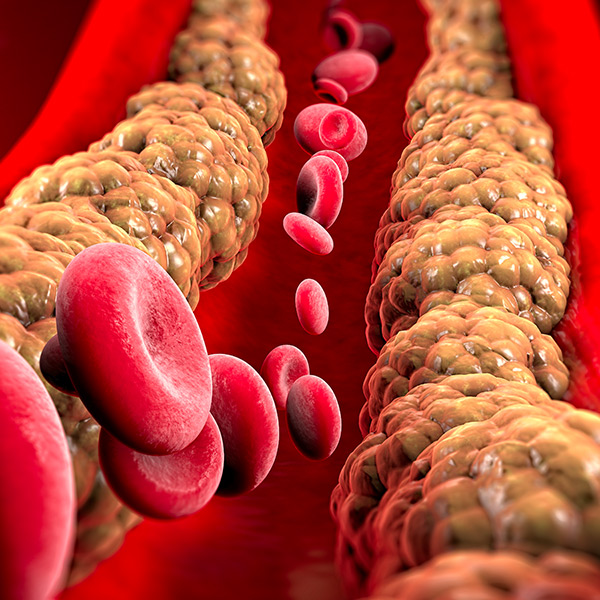




Cholesterol is a fatty substance with a waxy texture. It's made in the liver and found in the bloodstream and the body's cells. You can also get cholesterol from some foods, including dairy and meat. We all need some cholesterol—it helps make tissues, hormones, bile acid, vitamin D, and cell walls.
The different types of cholesterol
Not all cholesterol is created equal. There are two main types: "good cholesterol" and "bad cholesterol." As you've probably guessed, the former is better than the latter when it comes to your health.
Each type of cholesterol is carried around your body by particles called lipoproteins. These particles are made up of proteins and fats. When people talk about "cholesterol," they are usually describing both the cholesterol itself and the proteins that transport it.
— HDL: High-density lipoprotein, or HDL, is known as "good cholesterol." These lipoproteins move cholesterol to your liver so that it can be removed from your body. A high HDL cholesterol level can reduce your risk of strokes and heart attacks.
— LDL: Low-density lipoprotein, or LDL, is known as "bad cholesterol." Instead of moving cholesterol to the liver, LDL transports it to your arteries. Over time, the cholesterol can lead to a condition called atherosclerosis, where your arteries narrow and harden due to a buildup of fatty plaque. This can lead to blood clots and increase the risk of stroke or heart problems.
What's a healthy amount of cholesterol?
When your doctor tests your cholesterol levels, they will combine your HDL and LDL levels to find your "total cholesterol." When you get your results, they may also give you a detailed breakdown of your HDL and LDL levels. If not, you can request these numbers.
In general:
— Your total cholesterol should be between 125 mg/dL and 200 mg/dL.
— Your LDL cholesterol should be no higher than 100 mg/dL. Lower is generally better, but below 40 mg/dL, you may be at risk of health problems, including anxiety and depression.
— Your HDL should be 40 mg/dL or higher if you're a man and 50 mg/dL or higher if you're a woman. Scientists aren't yet sure whether it's possible to have too much HDL. It's possible that very high levels could carry health risks, but this isn't likely to be a problem for many people.
How to keep your cholesterol in a healthy range
How to keep your cholesterol in a healthy range
— Your total cholesterol should be between 125 mg/dL and 200 mg/dL.
— Your LDL cholesterol should be no higher than 100 mg/dL. Lower is generally better, but below 40 mg/dL, you may be at risk of health problems, including anxiety and depression.
— Your HDL should be 40 mg/dL or higher if you're a man and 50 mg/dL or higher if you're a woman. Scientists aren't yet sure whether it's possible to have too much HDL. It's possible that very high levels could carry health risks, but this isn't likely to be a problem for many people.
How to keep your cholesterol in a healthy range
— Try to stay at a healthy weight:
Losing excess weight can increase your HDL.
— Exercise regularly:
Working out regularly can reduce your total cholesterol levels and raise your HDL.
— Reduce the amount of trans fat, saturated fat, and cholesterol you eat:
To reduce your overall cholesterol, cut back on fatty meat, cakes, butter, meat pies, full-fat dairy, and foods that contain coconut oil or palm oil.
— Reduce the amount of trans fat, saturated fat, and cholesterol you eat:
To reduce your overall cholesterol, cut back on fatty meat, cakes, butter, meat pies, full-fat dairy, and foods that contain coconut oil or palm oil.
— Do not smoke:
Smoking reduces your levels of HDL.
How often should you get your
cholesterol checked?
High cholesterol doesn't cause symptoms, so it's best to get it checked at least once every five years. Your doctor might want to check it more often if you have a health condition; ask them for advice.